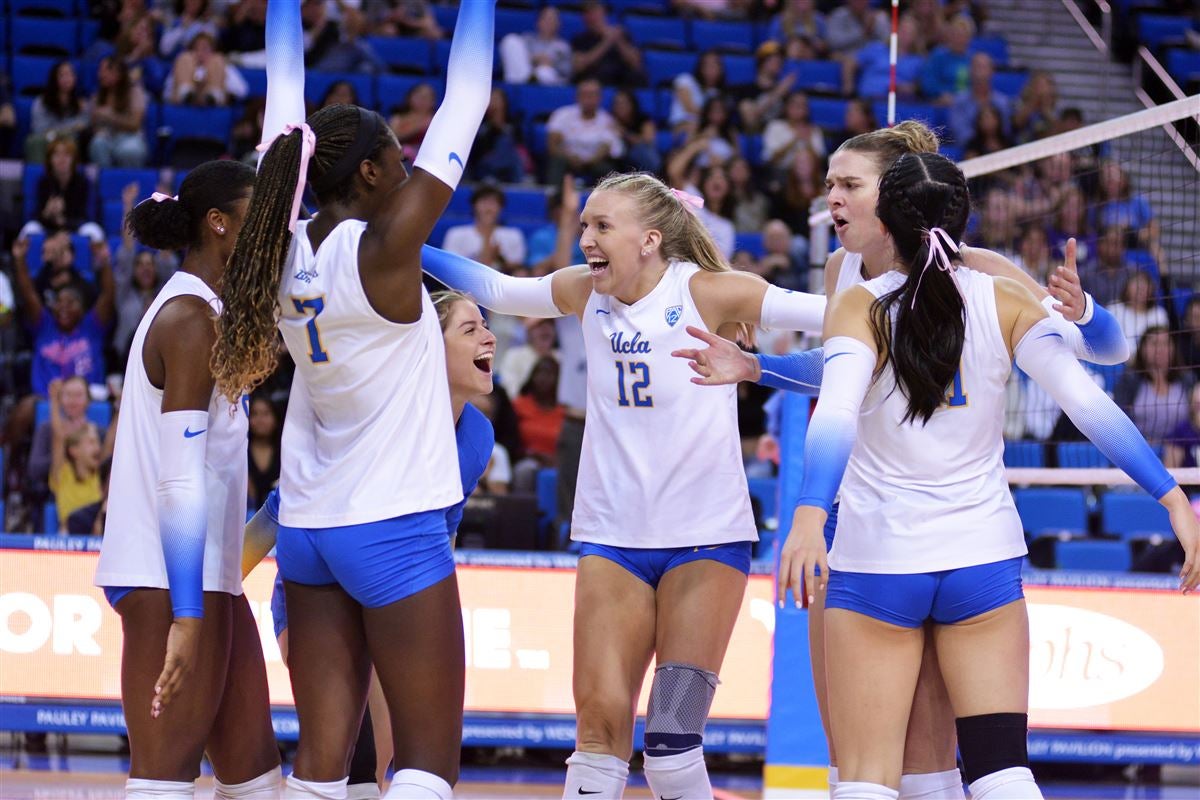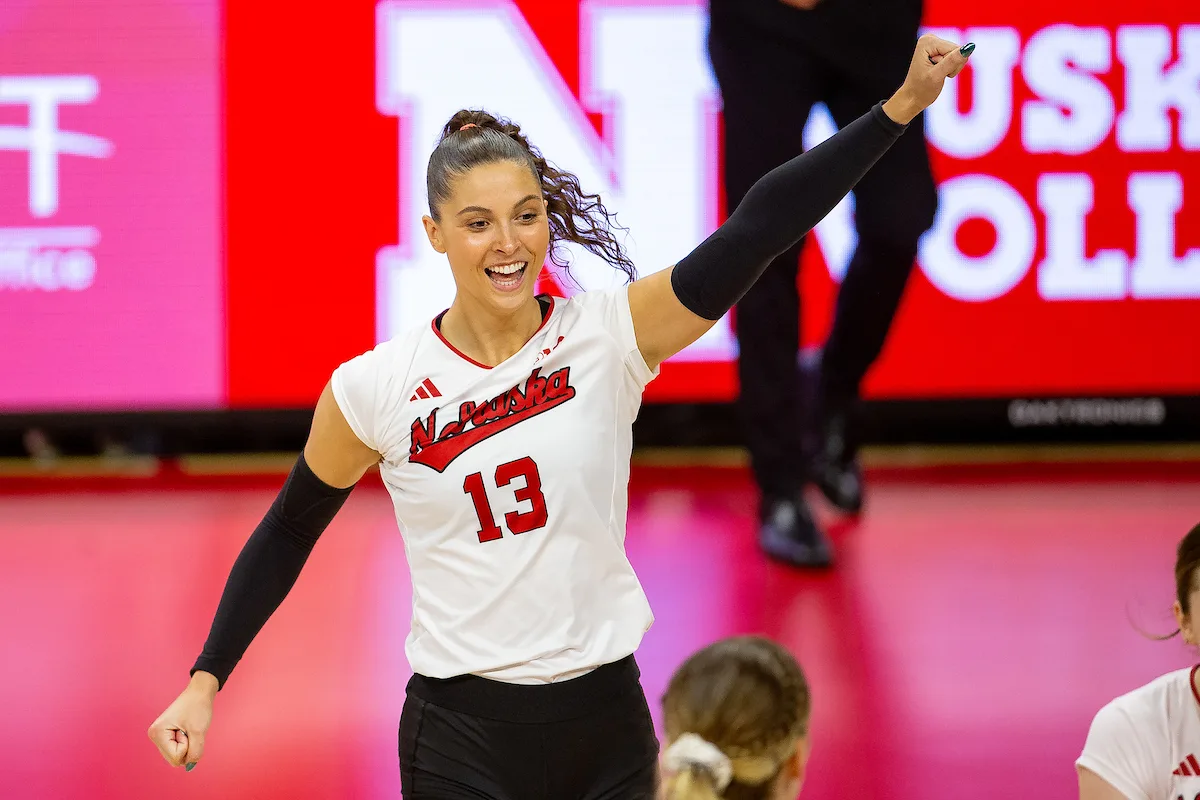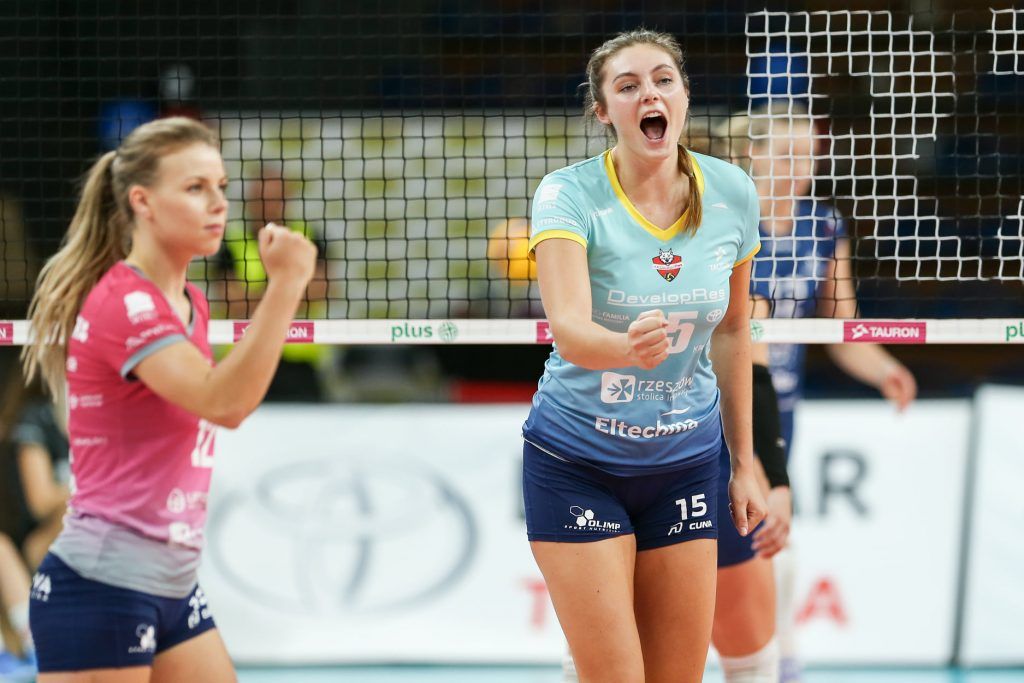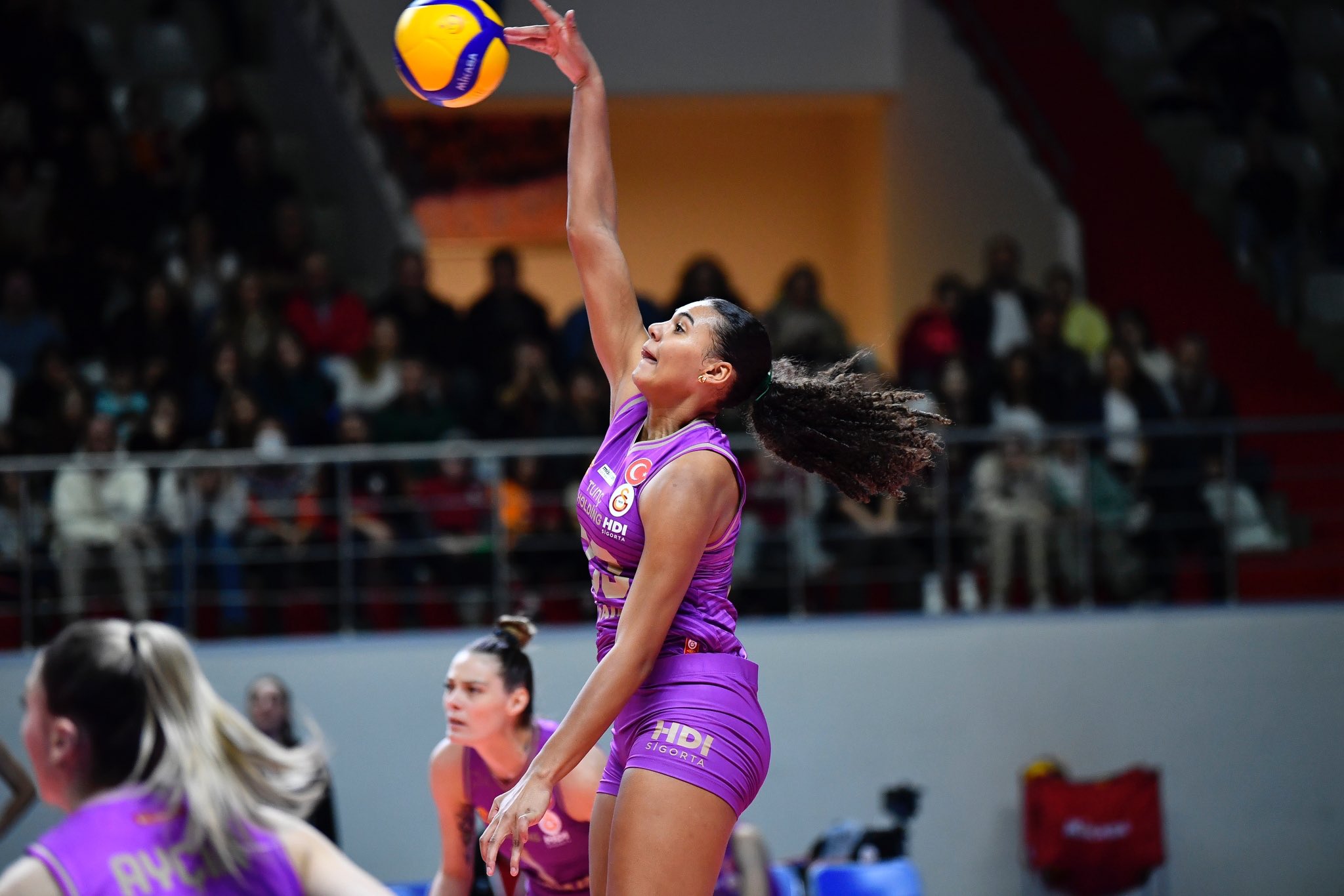There’s a pervasive misconception that Olympic beach volleyball players are required to wear bikinis while competing. However, this assertion is far from the truth. The choice of attire is driven by practical considerations, comfort, and historical context, rather than any mandate.
The Allure of Beach Volleyball
Beach volleyball has captivated audiences worldwide since its debut in the 1996 Summer Games. The combination of fast-paced action, a festive ambiance, and charismatic athletes has contributed to its immense popularity. Yet, the sport has also garnered attention for reasons beyond its gameplay, notably the attire of its female athletes.

Sport and Spectacle: Addressing the Camera’s Gaze
It’s undeniable that television cameras often focus on the athletes’ physical appearance, particularly their bikini-clad bodies. This spotlight has occasionally overshadowed the sport itself, leading to debates about objectification. However, many athletes remain optimistic that those initially drawn in by appearances will come to appreciate the sport’s athleticism and skill.
See also: The Top 10 of the World’s Prettiest Athletes
Dispelling the Myth: Not Just About Bikinis
It’s important to dispel the misconception that bikinis are mandated attire for Olympic beach volleyball players. The International Volleyball Federation (FIVB) provides extensive guidelines for uniforms, covering aspects such as fabric, color, logos, and modesty.
While the most common choice is a bikini, the FIVB allows for various options that align with cultural, religious, and climatic considerations.

Choice and Comfort: The Athletes’ Perspective
The athletes themselves play a pivotal role in determining their attire. They prioritize functionality, movement, and comfort, especially given the unique challenges posed by the sand.
One-piece bathing suits, for instance, are impractical due to the sand’s propensity to accumulate and cause discomfort. The minimalistic nature of bikinis helps prevent sand from getting trapped, and the design ensures ease of movement and breathability.
See also: Top 10 Hottest Female Volleyball Players on Instagram
Cultural and Religious Inclusivity
The FIVB is committed to fostering inclusivity in beach volleyball. The uniform guidelines cater to various preferences, including religious dress codes. This commitment underscores the sport’s aim to be culturally diverse and accommodating.

Men’s Beach Volleyball: A Parallel Story
While the spotlight often falls on women’s beach volleyball, it’s worth noting that men’s beach volleyball is also an integral part of the sport. The men’s tournament runs parallel to the women’s, with male athletes opting for tank tops and swim trunks. Additionally, on domestic tours, some male athletes choose to play shirtless.
See also: The FIVB Women’s Volleyball World Ranking: Top 10 Teams 2023
Historical and Practical Considerations
Beach volleyball originated in locations known for warm climates, such as Hawaii, Southern California, and Rio de Janeiro. The attire worn by players is a reflection of these origins, where hot weather and frequent water immersion influenced clothing choices. The bikini’s design emerged as a comfortable and functional choice for beach play.

Weather and Adaptability
Beach volleyball matches are held in various weather conditions, including rain and storms. The athletes’ attire needs to be versatile and adaptable, allowing them to perform optimally in different scenarios. The athletes’ choice of attire, therefore, is not solely about aesthetics but about practicality and performance.
Embracing Diversity: Beyond Bikinis
The Olympic beach volleyball arena has witnessed instances of diversity in attire. The Egyptian women’s beach volleyball team made history by competing in full-length attire, including long sleeves and hijabs.
This act not only showcased the athletes’ dedication but also highlighted the sport’s capacity to welcome participants from various backgrounds.

The Heart of the Matter: Individual Choice and Empowerment
Ultimately, the choice of attire in Olympic beach volleyball is about empowering athletes to make decisions that align with their comfort, movement, and performance needs.
While bikinis are a common choice due to their practicality and historical context, athletes have the freedom to opt for attire that respects their preferences, cultural backgrounds, and religious beliefs.
Beach volleyball’s allure transcends attire, and its athletes hope that spectators will come to appreciate the sport’s athleticism, skill, and the determination of those who compete on the sand, regardless of what they wear.




